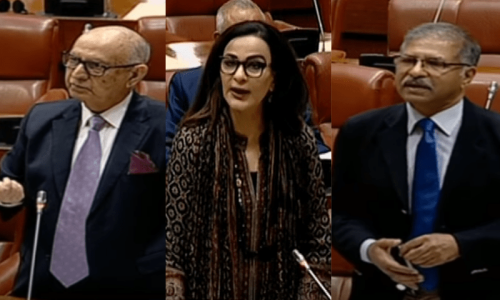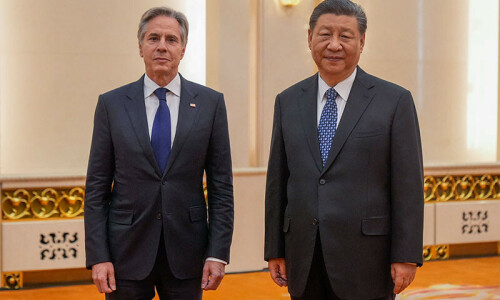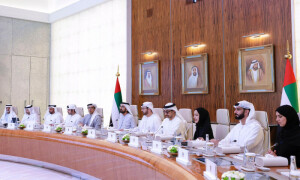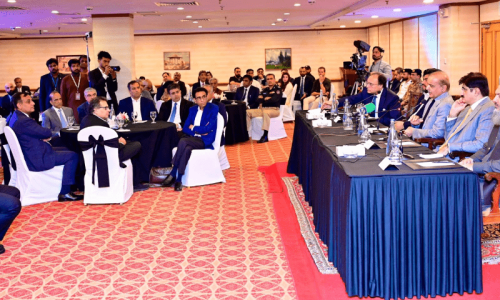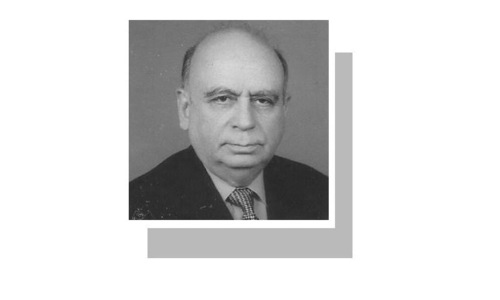THE decision by a Chinese sponsor to withdraw from a coal-based power project in Punjab reminds us of two crucial facts. First, the investments arriving in Pakistan under the CPEC bouquet are entirely commercial; they come on a profit basis and are not exactly the ‘gift horse’ they are sometimes referred to as. Second, at least in some respects, the government’s much-vaunted push towards coal as the fuel of choice for Pakistan’s power generation could have been conceived in haste. The sponsor in this case is the China Machinery Engineering Corporation, and the project is a 330MW coal-mining and power-generation venture near Pind Dadan Khan in the Salt Range, Punjab. When CMEC applied for a tariff determination back in January of 2015, the total project outlay was $589m, translating into per megawatt CAPEX cost almost 15pc higher than that of Thar coal, even though this project is nowhere near as remotely located. CMEC claimed that the coal in the Salt Range had higher ash and sulphur content, the seam was far thinner, and its transport from the various locations where it would be mined added to the cost.
The Planning Commission and Nepra both opposed the higher project cost, and rightly so. CMEC asked for a levelised tariff of 11.67 US cents (brought down from 12.4 due to an error in calculation spotted by Nepra), compared with 8.5 cents for Thar projects in the 330MW range. The difference is wide and if it cannot be bridged it is better to let the sponsor walk. Locating a coal-mining and power-generation project in the Salt Range, given the peculiarities of the coal and issues with water availability, appears to be a problematic proposition to begin with. In fact, one wonders how much thought went into the decision to include this initiative on the list of ‘actively promoted’ ventures under the CPEC umbrella in November 2014. This is also a good time to remind ourselves that these Chinese power-sector projects carry lucrative commercial terms for the sponsors with an equity IRR of 20pc built into the tariff structure. Loans are to be taken from Chinese banks, serviced at 4.5pc above six-month LIBOR, with Sinosure fee of 7pc on top, and the funds used to purchase Chinese technology to be installed by Chinese labour. With these terms, the projects deserve careful vetting before they are approved.
Published in Dawn, May 19th, 2016















